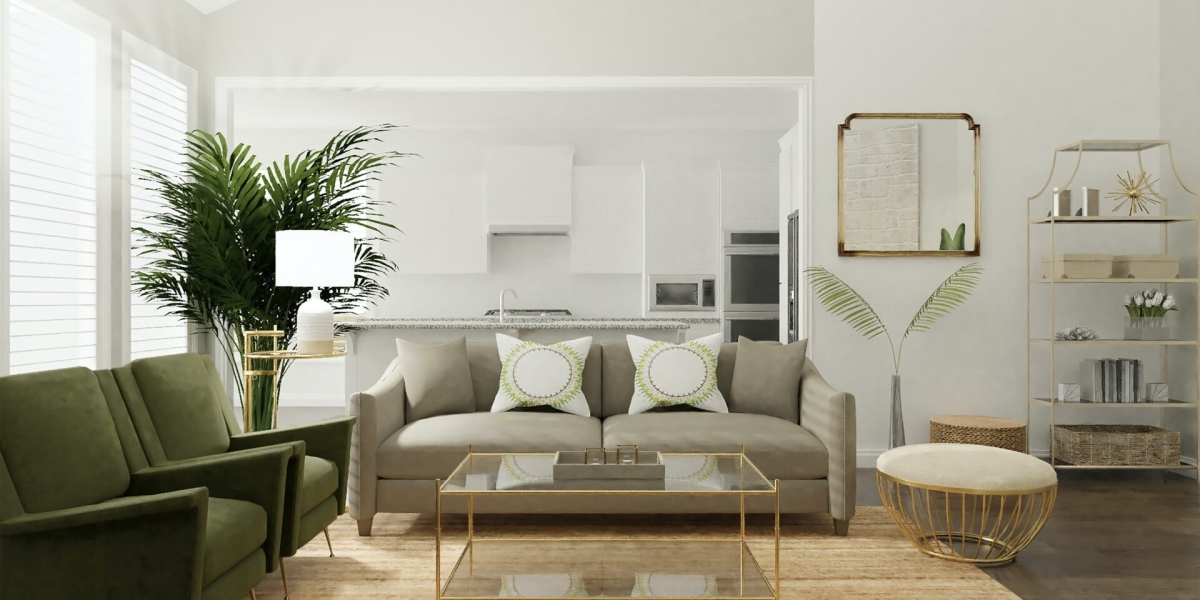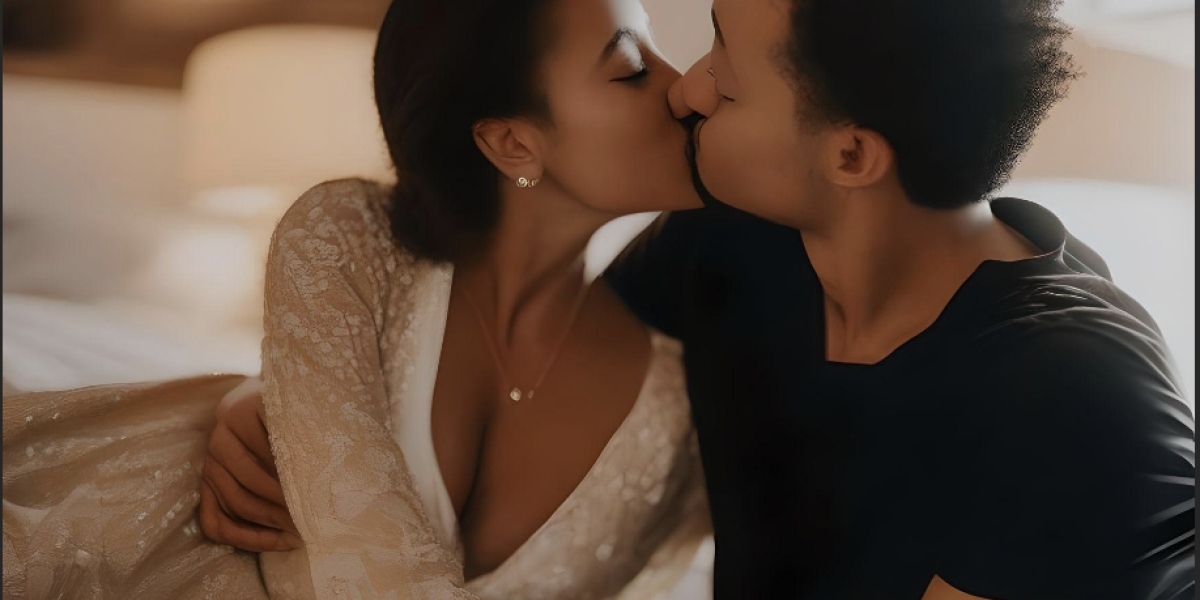In this comprehensive blog by Interior x Design - The Best Interior Designers in Gurgaon, we'll delve into the fascinating world of color psychology and explore how you can harness the power of color to create the perfect palette for your living spaces. We'll cover the emotional and psychological impacts of different hues, provide practical tips on color selection, and offer guidance on how to balance and harmonize your color scheme. Whether you're revamping your home or starting a new design project, this blog will equip you with the knowledge to make informed color choices that enhance the overall ambiance and atmosphere of your interiors.
The Psychology of Color: How to Choose the Perfect Palette for Your Space
Understanding the Emotional Impact of Color
The Psychological Effects of Colors
Color is a powerful tool in interior design, as it has the ability to evoke specific emotions, set the tone, and influence the overall feel of a space. By understanding the psychological impact of different hues, you can strategically select a color palette that aligns with the desired atmosphere and functionality of your living spaces.
Warm Colors: Vibrant and Energetic
Warm colors, such as red, orange, and yellow, are often associated with feelings of warmth, energy, and excitement. These hues can create a lively and stimulating environment, making them well-suited for high-traffic areas or rooms where you want to encourage socialization and activity.
Cool Colors: Calming and Serene
In contrast, cool colors like blue, green, and purple are generally perceived as calming, soothing, and introspective. These hues can help create a relaxing and tranquil atmosphere, making them ideal for spaces where you want to foster a sense of relaxation, such as bedrooms or meditation rooms.
Neutral Colors: Versatile and Timeless
Neutral colors, including white, black, gray, and beige, provide a stable and balanced foundation for your color scheme. These hues can help to create a sense of harmony, and they can be easily combined with other colors to achieve a wide range of design styles, from modern to traditional. ## Selecting the Perfect Color Palette
Factors to Consider When Choosing Colors
When selecting a color palette for your living spaces, it's essential to consider various factors that can influence the overall aesthetic and functionality of the room.
Room Purpose and Mood
Consider the primary function of the room and the mood you want to create. For example, a vibrant and energetic color scheme might be more appropriate for a home office, while a calming and serene palette would be better suited for a bedroom.
Existing Architectural Elements
Take into account the existing architectural features, such as flooring, cabinetry, and fixed furnishings, and choose colors that complement or accentuate these elements.
Lighting Conditions
The amount and type of natural and artificial lighting in a room can significantly impact the way colors are perceived. Evaluate the lighting conditions and adjust your color choices accordingly.
Personal Preferences and Design Style
While it's essential to consider the psychological and functional aspects of color, don't forget to incorporate your personal preferences and the overall design style you're aiming for. ## Balancing and Harmonizing Your Color Scheme
Achieving Color Harmony
Once you have a general understanding of the emotional impact of different colors, the next step is to create a harmonious and balanced color scheme that enhances the overall design of your living spaces.
Color Relationships
Explore the various color relationships, such as complementary, analogous, and triadic, to achieve a visually appealing and cohesive palette.
Proportions and Placement
Carefully consider the proportions and placement of your chosen colors to create a sense of balance and visual interest. Experiment with different ratios and distribution of colors throughout the space.
Texture and Finishes
Incorporate different textures and finishes, such as matte, glossy, or metallic, to add depth and dimension to your color scheme, and to create a harmonious and visually engaging environment. By understanding the psychology of color and applying these principles to your interior design, you'll be able to create living spaces that not only look beautiful but also elicit the desired emotional response from those who experience them.
Hire Interior x Design for Your Color Palette Transformation
At Interior x Design, our team of experienced designers is here to help you transform your living spaces with the perfect color palette. We understand the intricacies of color psychology and can guide you through the process of selecting the ideal hues to create the desired ambiance and functionality in your home. Whether you're looking to revamp your existing spaces or start a new design project, contact Interior x Design today. Our experts will work closely with you to understand your needs, preferences, and design goals, and then craft a tailored color scheme that brings your vision to life. Trust the professionals at Interior x Design to help you unlock the power of color and create a truly extraordinary living environment.









